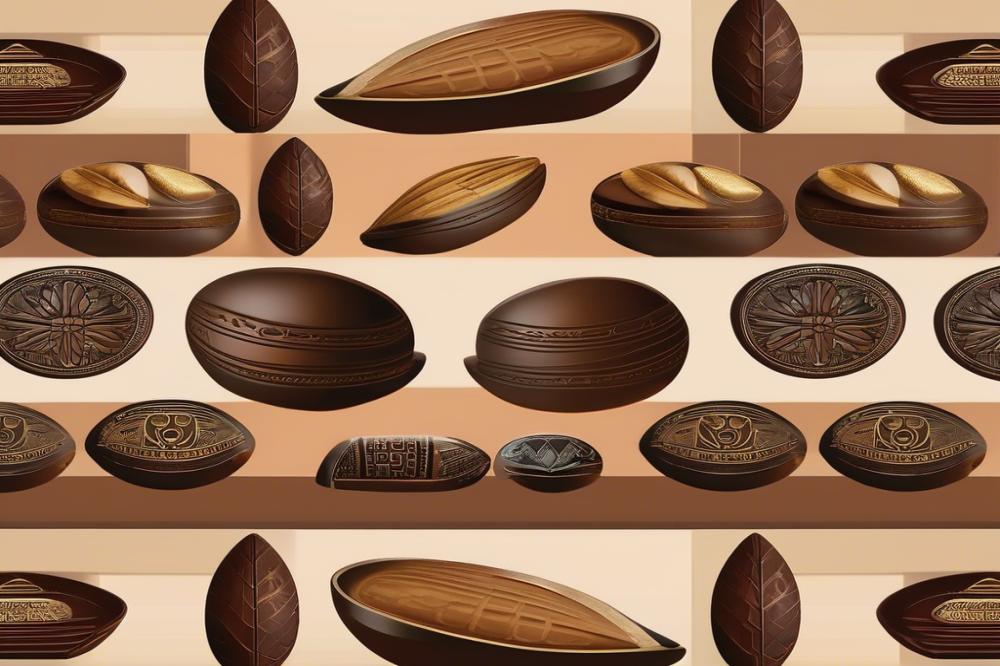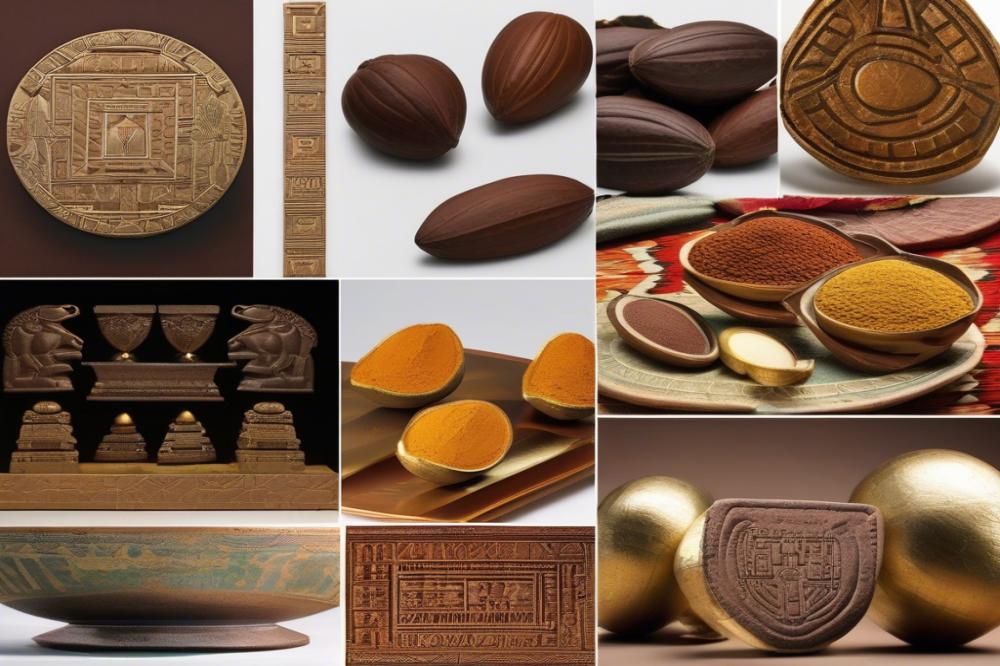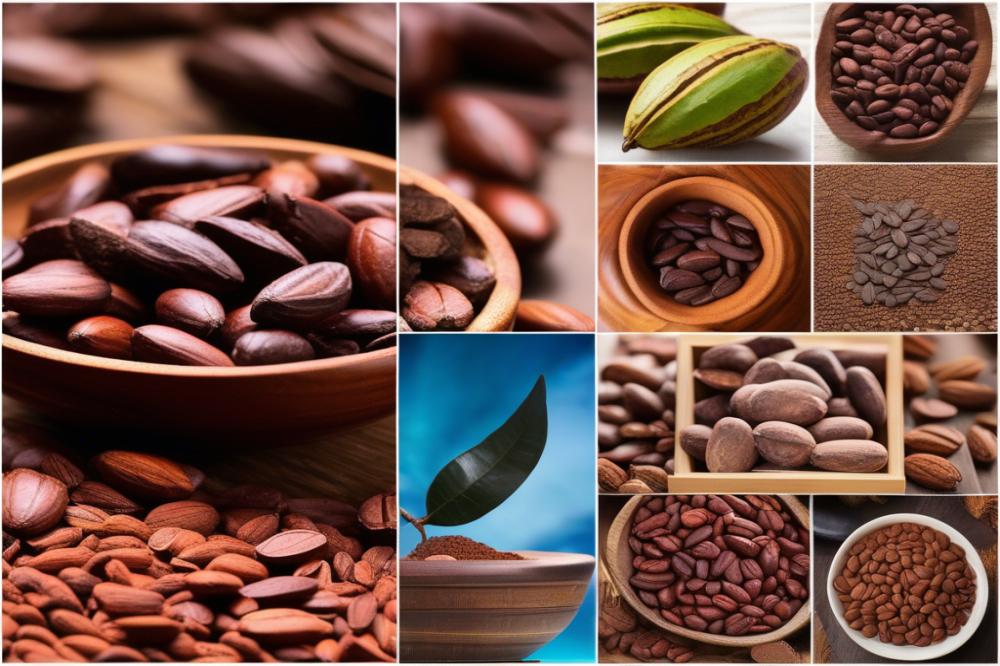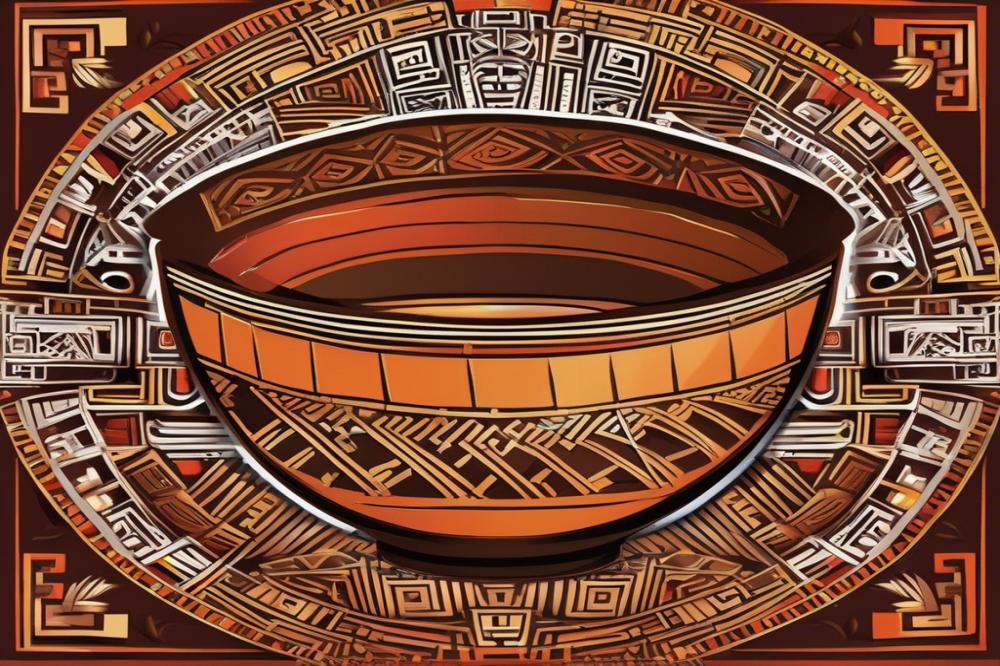The Role of cacao beans as currency in ancient civilizations
In the fascinating history of chocolate, one ingredient has stood out not only for its delicious flavor but also for its historical significance: cacao beans. These small seeds, extracted from the cacao pod, have been cherished for centuries. Before they became the sweet treat we know today, they served an important role in trade and daily life within Mesoamerica.
Cacao beans were not just a beloved food source for the Aztecs and Mayans; they also functioned as currency. In these ancient civilizations, the beans represented wealth and were used to buy goods and services. People relied on them in everyday transactions. This unique form of money showcased the value placed on cacao in their society.
Trade revolved around various agricultural commodities, and cacao was among the most prized. It was common for communities to exchange these beans for other essential items. The cultural significance of cacao cannot be understated. Rituals, offerings, and social gatherings often featured recipes made with cacao beans, highlighting their role beyond mere economics.
Understanding the historical uses of cacao beans provides a glimpse into the intricate web of trade that existed in ancient Mesoamerica. This story reveals the depth of human connection to a simple agricultural product. Through examining cacao’s dual role in trade and culture, we see how it helped shape the relationships of those who valued it so highly.
Historical Context of Cacao Beans

The origin of cacao beans can be traced back to Mesoamerica, a region known for its diverse cultures and rich history. For thousands of years, these beans played a vital role in the lives of the people living there. They were not just a food source, but also a form of currency. The Mayans and Aztecs, in particular, recognized their value as a trade commodity.
Cacao held a significant place in Mayan society. The Mayans consumed a frothy, bitter beverage made from these beans, often flavored with spices. This drink was not only enjoyed during special occasions but also used in rituals. The cacao drink symbolized wealth and power. It was common for the upper classes to host gatherings where guests would sip this prestigious beverage.
Similarly, the Aztecs also placed great importance on cacao. They utilized it as a form of currency in trade. It was common for merchants to exchange beans for goods and services. The beans were so valuable that they even paid their soldiers with them. This agricultural commodity helped to shape their economy and establish trade routes.
A variety of agricultural practices surrounded cacao cultivation. Farmers cultivated cacao trees in shaded areas, often alongside other plants. This allowed them to maximize their land’s potential. Pruning and careful harvesting ensured high-quality crops. Cacao’s growth was crucial for sustaining communities, both economically and socially.
Cultural significance extended beyond just trade. Religious rituals often incorporated cacao. It was seen as a gift from the gods. Festivals celebrating the harvest of cacao brought people together, strengthening community ties. Through these historical uses, cacao became deeply intertwined with identity and tradition.
Cacao Beans as Currency

In ancient civilizations, cacao beans served a purpose much beyond their use as a delicious treat. They acted as a legal tender in trade transactions among the inhabitants of Mesoamerica. The Aztecs and Mayans valued these beans highly, using them to facilitate the exchange of goods and services. Imagine walking into a market where instead of coins or bills, people traded bags filled with cacao for everything from food to clothing.
Trade in Mesoamerica often featured items like maize or textiles, but none matched the worth of cacao. This agricultural commodity held significant weight among various groups. A specific number of beans could buy a turkey or even a premium piece of cloth. It wasn’t merely about food; cacao reflected one’s wealth and status in society.
When comparing cacao to other forms of currency from ancient times, it stood out significantly. Unlike gold, which could also serve as a form of money, the beans had practical uses. They could be consumed or traded, making them both a delicacy and a means of economic exchange. In fact, while currencies like shells or metals circulated, cacao beans had a cultural significance that elevated them beyond a simple trade item.
Historical uses of cacao extend deep into the heart of Mesoamerican life. Rituals and social gatherings often included chocolate drink made from these very beans. So, when people used cacao as currency, they were not just exchanging an item; they were partaking in a rich tradition steeped in cultural importance.
Overall, cacao beans played a critical role in ancient economies, laying the groundwork for modern concepts of currency. They symbolized more than just trade—they embodied the spirit of community and the intricacies of social status. In the bustling markets of the Aztecs and Mayans, cacao was a bridge between people.
Cultural Significance of Cacao Beans

Cacao beans held immense value in ancient Mesoamerican societies. The Mayans and Aztecs integrated them into their religious and social rituals. They believed cacao was a gift from the gods, often using it in ceremonies. Chocolate drinks were part of important events, reflecting deep spiritual connections.
Trade flourished around cacao as it functioned as a currency. Exchanges of this agricultural commodity impacted wealth distribution significantly. Only the elite had access to vast quantities of cacao, creating clear power dynamics. Common people used it mainly in smaller transactions, highlighting social class differences.
The significance of cacao as a status symbol cannot be overstated. It was more than just food; it represented wealth and prestige. Nobles and rulers showcased their power through abundant supplies. This bean even influenced marriages and alliances, as families sought to elevate their status by integrating cacao in dowries.
Cacao was essential in shaping both the economy and society. Its historical uses reveal much about the culture of the time. Many aspects of daily life were linked to this beloved commodity. The rich flavors of chocolate connected people, fostering community and social bonds.
Overall, the role of cacao went beyond mere trade. It built networks and affirmed identities across Mesoamerica. The rituals and daily practices surrounding cacao underscored its importance. Scholars still study its impact on ancient civilizations today, showing its lasting legacy.
Legacy of Cacao Beans in Modern Times

The journey of cacao beans has transformed significantly since ancient days. Once revered as a form of currency, these beans have shifted into a vital agricultural commodity. In Mesoamerica, the Aztecs and Mayans valued cacao for trade, connecting it to their wealth and social structures.
Today, the chocolate industry thrives, showing how cacao maintains its cultural significance. There is a strong influence of ancient practices in contemporary chocolate culture. The flavors and methods enjoyed today often echo historical uses from centuries ago. Many chocolate producers even celebrate these age-old traditions, honoring the craft of cacao processing.
This evolution didn’t happen overnight. The invention and mass production of chocolate bars have greatly changed how we perceive cacao. It has transformed from a special currency to a widespread commodity found in homes worldwide. Customers often appreciate the unique blend of flavors, which keeps the legacy alive.
Understanding cacao’s role in trade encourages a deeper appreciation for what we consume. Every bite of chocolate tells a story, reflecting the wealth of history linked to Mesoamerican civilizations. Consumers today are more conscious of where their chocolate comes from. They want to support sustainable farming practices that honor those ancient traditions.
Through education, the public has become more aware of cacao’s story. Festivals and events celebrate chocolate’s journey from bean to bar. These gatherings help people connect with the cacao beans’ unique heritage, leading to a renewed interest in their historical role as currency. Chocolate lovers are now seeking products that resonate with traditional practices more than ever before.
Overall, the legacy of cacao beans continues to shape modern chocolate culture. The interplay of history and commercial appeal creates a rich dialogue about value and tradition. While the bean itself may not circulate as currency now, its importance is felt in every chocolate treat enjoyed around the globe.
Final Thoughts
Summary of the Multifaceted Role of Cacao Beans in Ancient Civilizations
Throughout history, cacao beans served more than just a delicious treat. Cultures like the Mayans and Aztecs valued them highly. They were used as currency, highlighting their economic significance. Cacao became a tool for trade. Goods and services were exchanged using this cherished item. Communities thrived around its cultivation and distribution. It allowed for connections between different groups.
Reflection on the Lasting Impact of Cacao Trade and Cultural Significance
Today, the legacy of this ancient currency remains strong. The impact of cacao trade extended beyond mere economics. Culturally, it played a vital role in rituals and social gatherings. Chocolate, derived from these beans, still holds a special place in our hearts. Celebrations and traditions often include it, reflecting its enduring importance.
Call to Recognize the Historical Importance of Cacao in Today’s World
Recognizing the historical importance of cacao encourages a deeper understanding of its value. This currency was not just a means of exchange; it built relationships among ancient peoples. Its story is rich and deserves attention. As consumers, we should appreciate where our food comes from. Acknowledging these roots enriches our experience with chocolate today. Let’s celebrate this fascinating history and the cultural legacy it represents.



